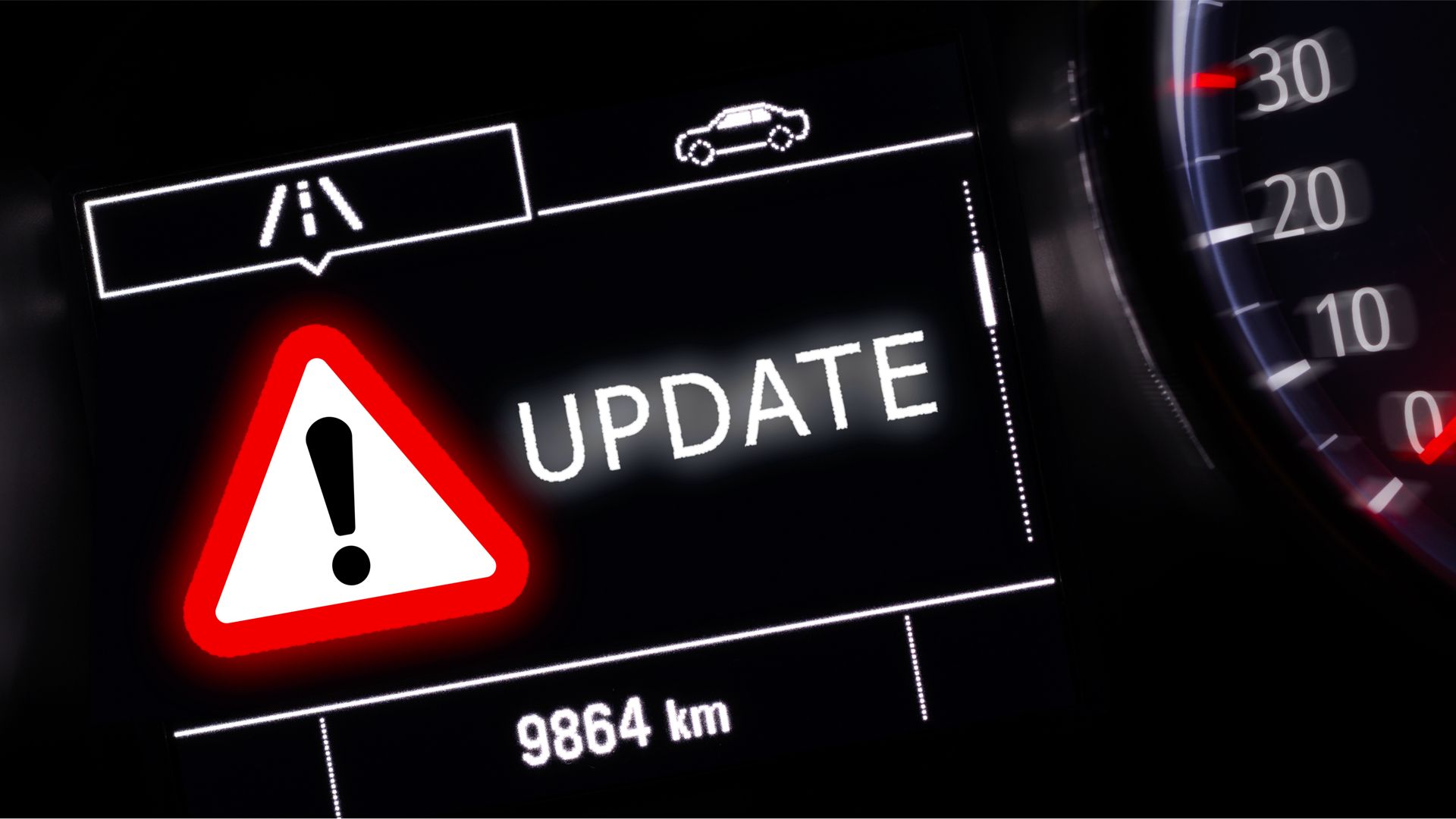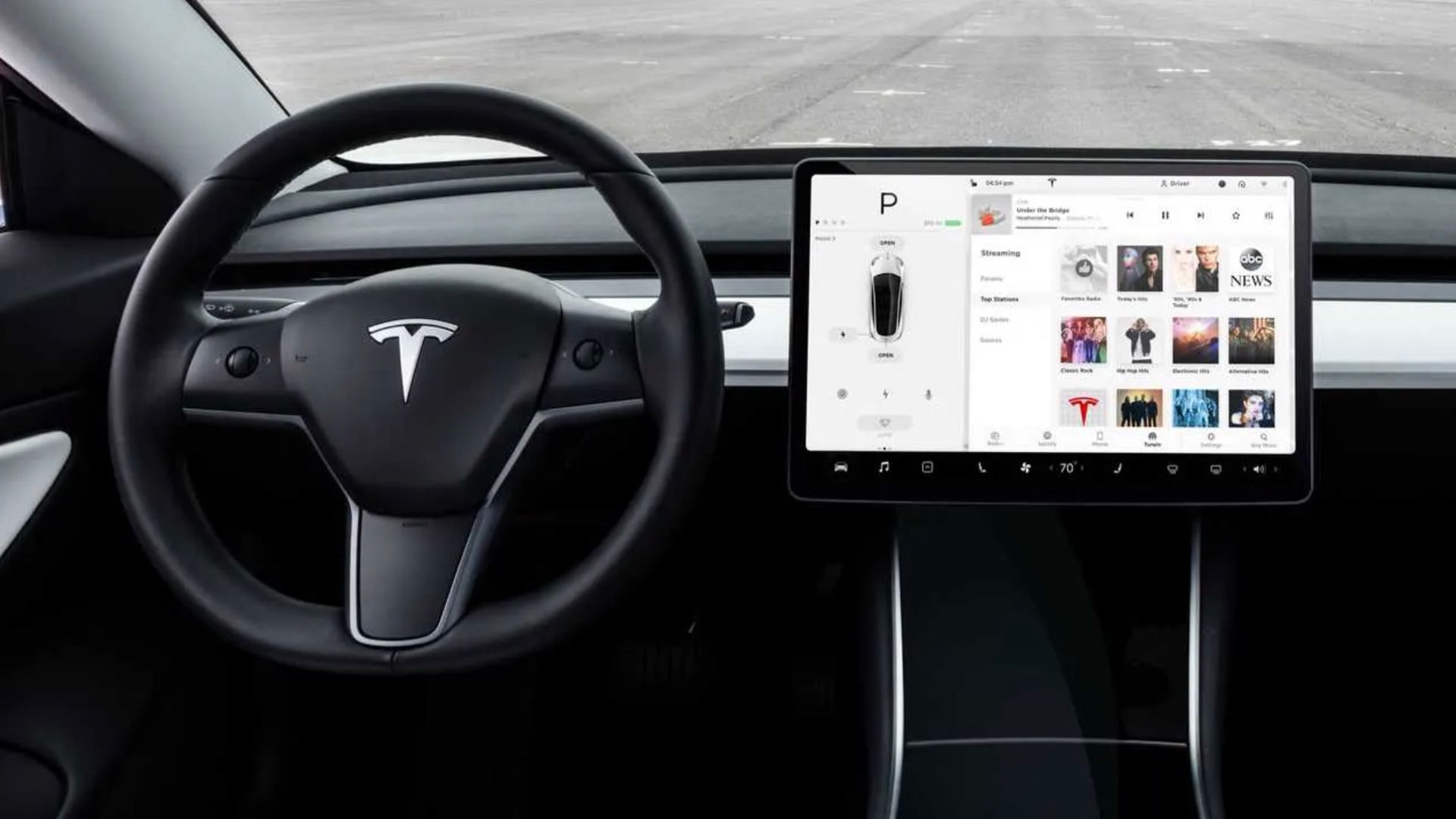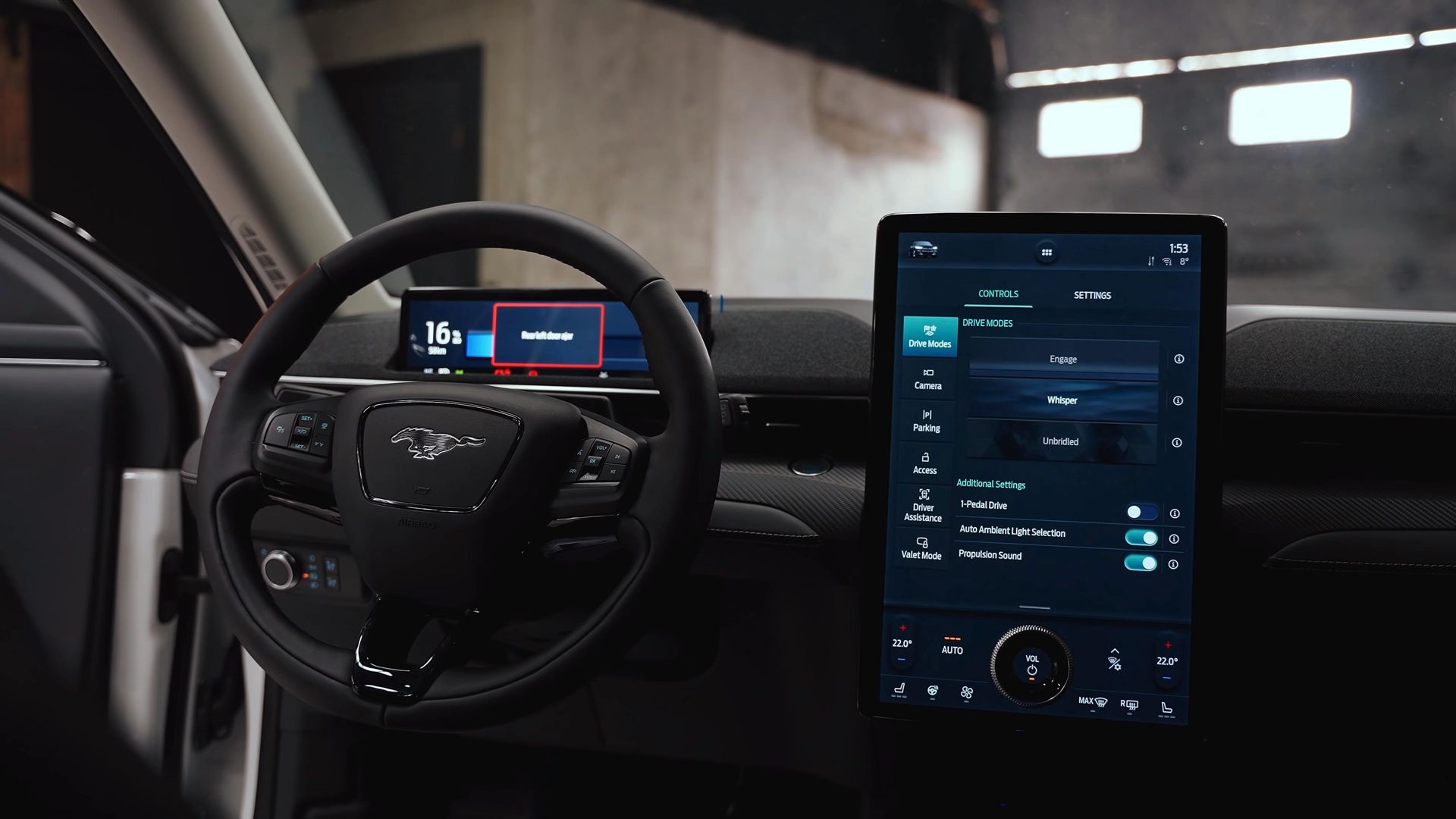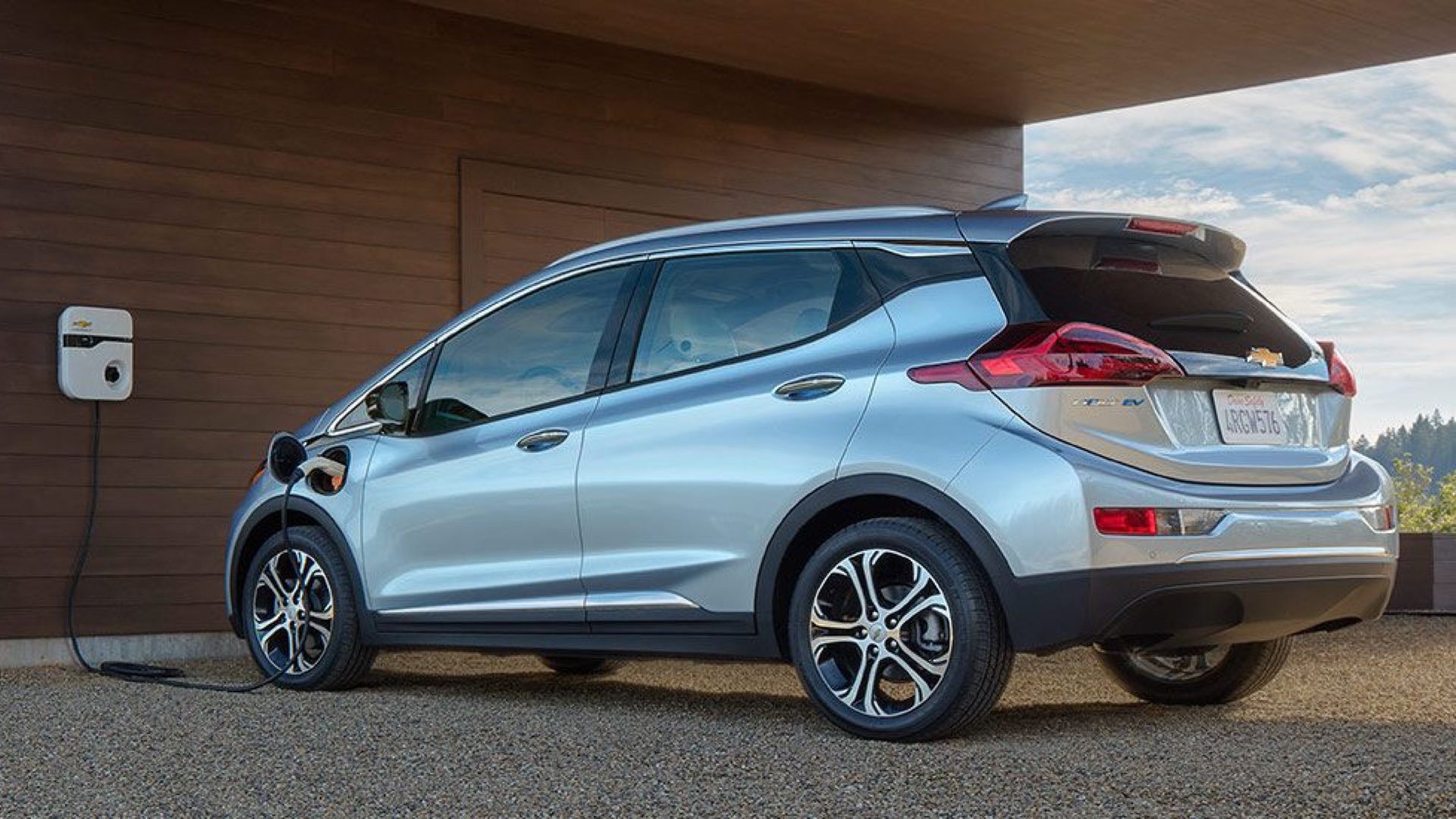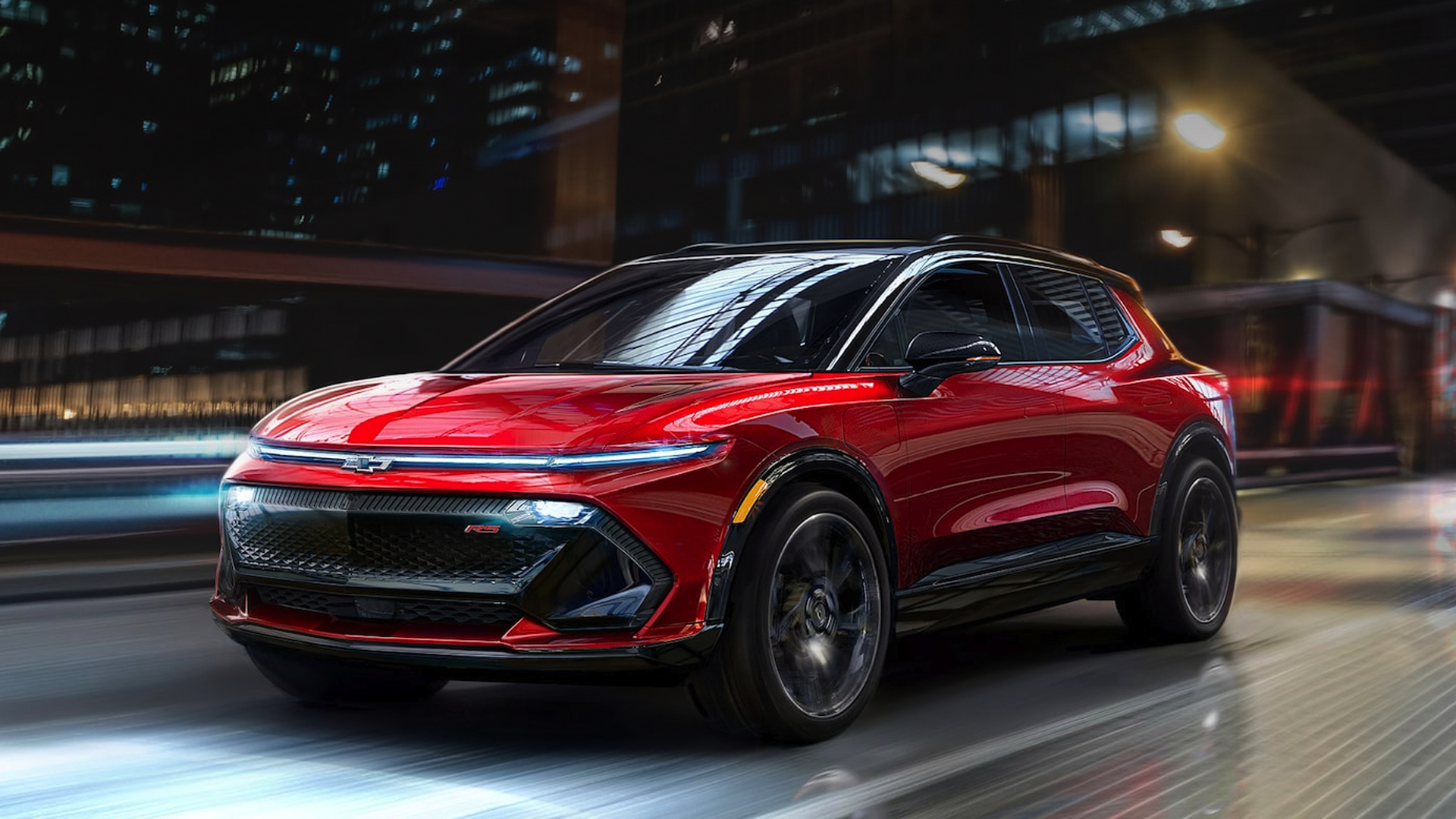Quick Links
Key Takeaways
Car over-the-air updates can fix problems on the fly and improve your vehicle over time. However, OTA updates come with pros and cons.
Depending on the car you drive, you take it to the dealership for a repair when something breaks or if you get a recall notice. But on a newer car or an EV, you'll get an OTA update, and the vehicle will update itself.
These updates happen automatically, right from your home, allowing automakers to quickly and conveniently make changes to a vehicle. I don't know about you, but that's much better than dealing with the "stealership."
Now that more automotive manufacturers are taking advantage of this technology, car buyers have many questions. So, here's what you need to know about car over-the-air updates, how they work, and what to expect on your next vehicle.
How Automotive OTA Updates Work
These days, cars are basically a computer full of hardware and software similar to a smartphone. And just like your iPhone gets iOS updates or your PC receives the latest Windows software, cars are now starting to get the same over-the-air (OTA) updates.
Car OTA updates fix problems, add or change features, and make changes to your vehicle without going to the dealership or a service center. These updates arrive wirelessly, over-the-air, with a wireless connection like 4G/5G or Wi-Fi. Updates on cars usually download and install themselves automatically.
There are two main types of updates in two different categories. Your vehicle will get software over-the-air (SOTA) or firmware-over-the-air (FOTA) updates. New software is more common than upgraded firmware.
Car SOTA vs. FOTA Updates
With a software OTA, you'll get updates and improvements to the car's user interface, display, maps, companion apps, and things of that nature. Similar to how your phone has quick app updates or entire device upgrades that arrive as major releases and make significant changes.
Automotive SOTA updates typically change the experience and are non-safety related, while FOTA updates address critical drive systems.
Think of it like this; software is more for the user experience, while firmware is for the computer system's ability to operate the car safely, correctly, and within legal limits. For example, Tesla recently released a massive holiday software update (SOTA) with upgrades to the infotainment system, climate controls, the software interface, and added Steam so owners can play PC games while a car charges.
While software updates can change a vehicle's ability to drive, brake, and operate, they're typically not critical updates. A critical system update will come through a firmware upgrade. Companies like Tesla and Rivian can easily release firmware upgrades, while most car manufacturers mainly release SOTA updates.
To send an OTA update to a vehicle, it needs connectivity (Like Wi-Fi or 5G) and onboard computer hardware, also known as a (TCU) telematics control unit. These computers talk to the manufacturer, like Tesla, and accept software and firmware updates. Most car makers are automotive manufacturers, not software companies, which is why they're behind in this regard. That's also what currently gives Tesla an advantage in the market.
Car Over-the-Air Updates and Recalls
As more vehicles rely on software for everything, we're starting to see a bit of confusion regarding recalls. On an older model, when an owner gets a recall letter, they typically take the vehicle to the dealership for a repair or update.
Whenever there's a safety-related issue, the NHTSA issues a "safety recall," even if the automaker doesn't have to fix anything physically. This is confusing, and that legal gray area will only grow as more people turn to electric vehicles.
On newer cars, especially electric vehicles, many "recalls" are easily fixable via a software update. For example, Tesla issued 17 recalls in 2022, which sounds like a lot. However, all of those were quick software updates, and only one required a physical hardware fix.
Manufacturers can make changes remotely thanks to embedded devices and computers on modern vehicles. Tesla receives a lot of negative press in the media over its recalls, but as noted by Electrek, they're typically just quick software updates.
For example, Toyota recalled my Tacoma due to the blinker bulbs being too hot and melting the headlight plastic. That's a physical fix. On the other hand, Tesla issues many recalls, but when the NHTSA safety recall notice goes out, a software OTA update is already hitting vehicles.
While OTA updates won't completely eliminate the need to go to a dealership, sitting in line, dropping off your car, and waiting days for a fix will start happening less and less.
Pros and Cons of Car OTA Updates
Like everything, there are both pros and cons to getting automotive OTA updates. Owners can save time and money by avoiding the dealership, and dealerships can save money on maintenance and labor costs. By fixing stuff remotely, everyone wins.
Another benefit is getting new features on your vehicle. Rivian recently added a bunch of helpful software controls to its electric truck and SUV, but that update also increased driving range. With car OTA technology, your vehicle can and will improve over time. OTAs allow for rapid technological advancement, including self-driving and other autonomous modes.
However, there are plenty of cons related to connected cars. The first one is privacy, as manufacturers know everything about what you do, where you go, and how you drive. We don't know how our data gets used or collected. Security risks are a concern, too, and one teenager recently hacked over two dozen Tesla cars and was able to make them drive off autonomously. Yikes.
Another con is that manufacturers can make changes in a matter of minutes with a quick OTA update, for better or worse. We're seeing brands like Mercedes-Benz lock EV performance behind a paywall and make owners pay a yearly subscription fee for increased performance.
During the California wildfires a few years ago, Tesla unlocked the battery in cars and temporarily gave owners more range from a fully charged battery. Why doesn't the car always have that range? Imagine a gas-powered car getting 30 MPG but a company limiting that to 20 MPG unless you sign up and pay for a "MPG subscription." Ew!
Another potential drawback is that technology doesn't always work as expected, especially software updates. How often does a new iOS update mess up your phone, change features, or cause problems? Is that where cars are headed?
Will Your Next Car Have OTA Updates?
Enabling car OTA updates is a complex process. Automakers must work with new software teams, cybersecurity specialists, the government, wireless providers, app developers, and vehicle owners. Software-defined vehicles (SDVs) are quickly becoming mainstream, and your next new car will likely be capable of at least some form of OTA updates.
Dozens of car manufacturers have started employing OTA software and firmware updates over the last 5-10 years, and that number is only going to climb. As vehicles become more advanced, connected, and smart, the need for automatic OTA updates will continue to grow. Our cars will improve over time, but they are one more gadget in our daily lives that will eventually need the latest software release.
In closing, automotive OTA updates are here to stay and benefit both car owners and automakers. Aside from some obvious downsides, it's a win-win for just about everyone involved.

